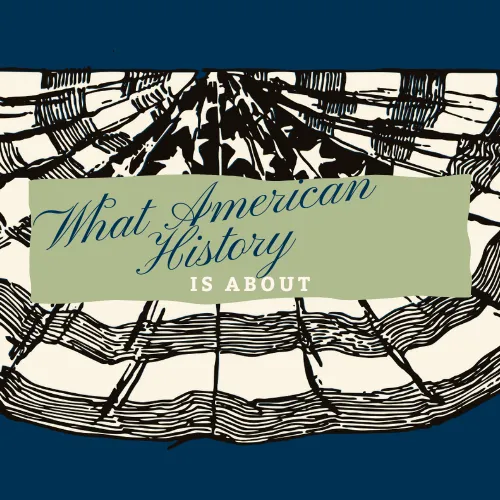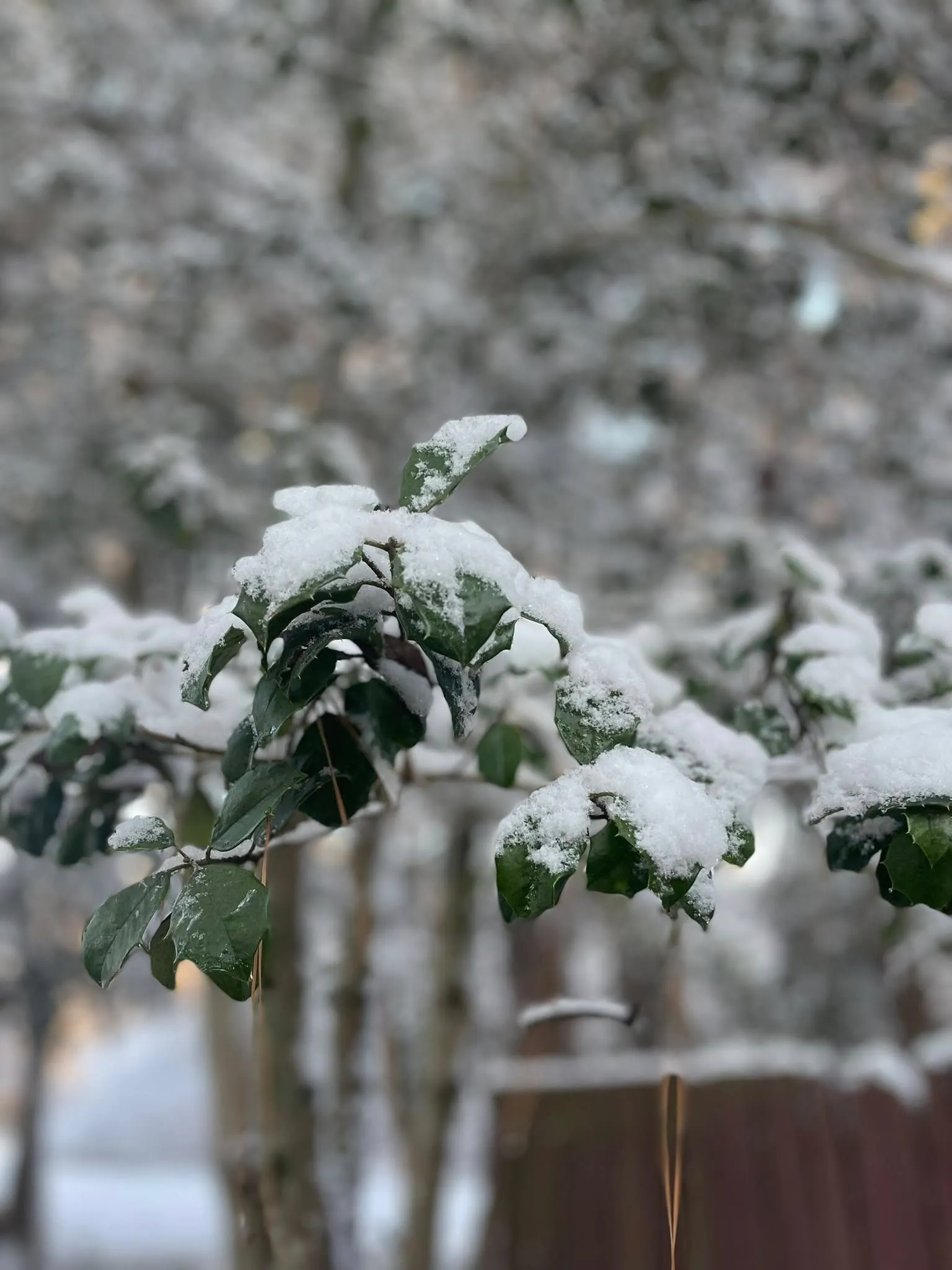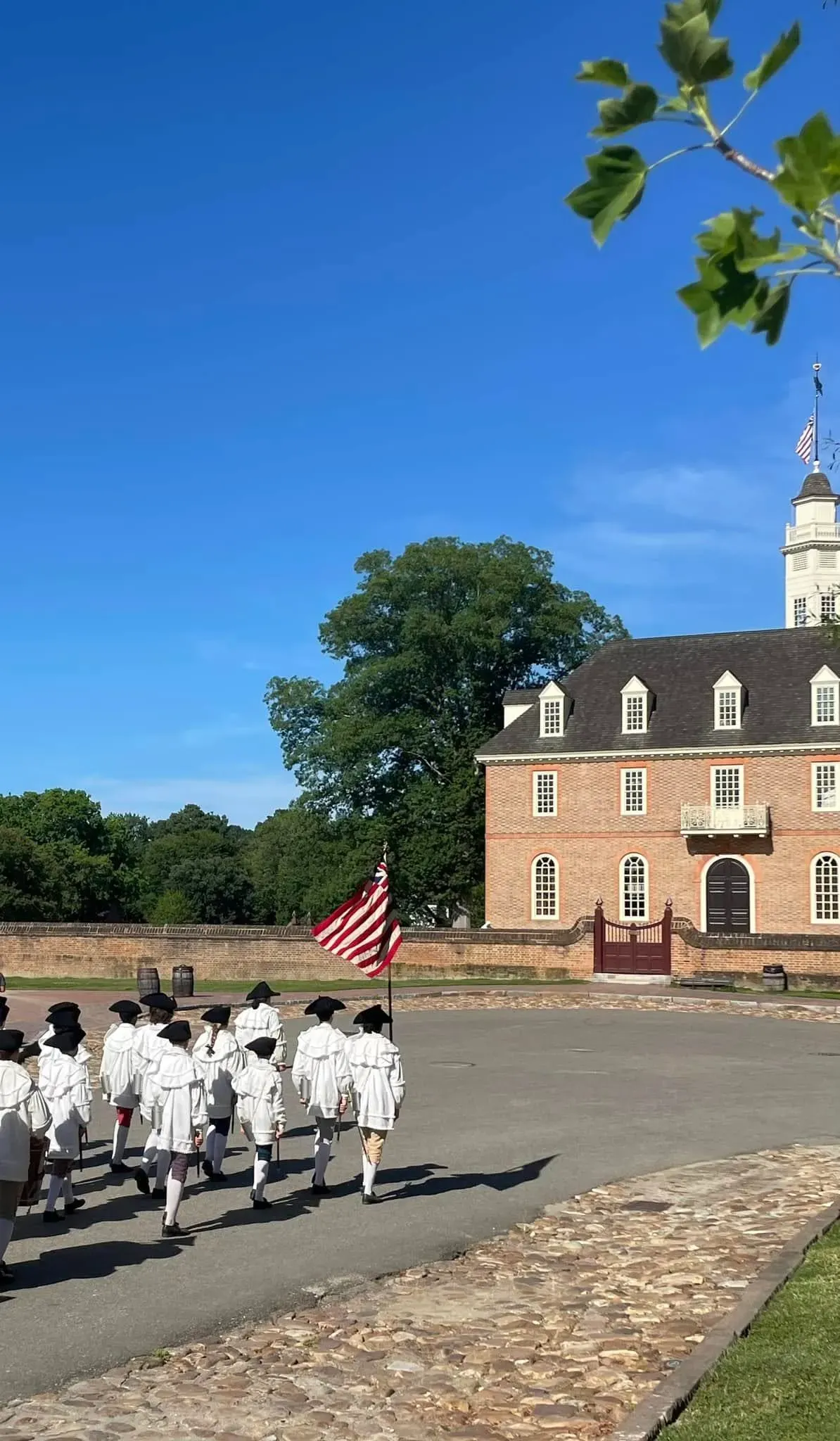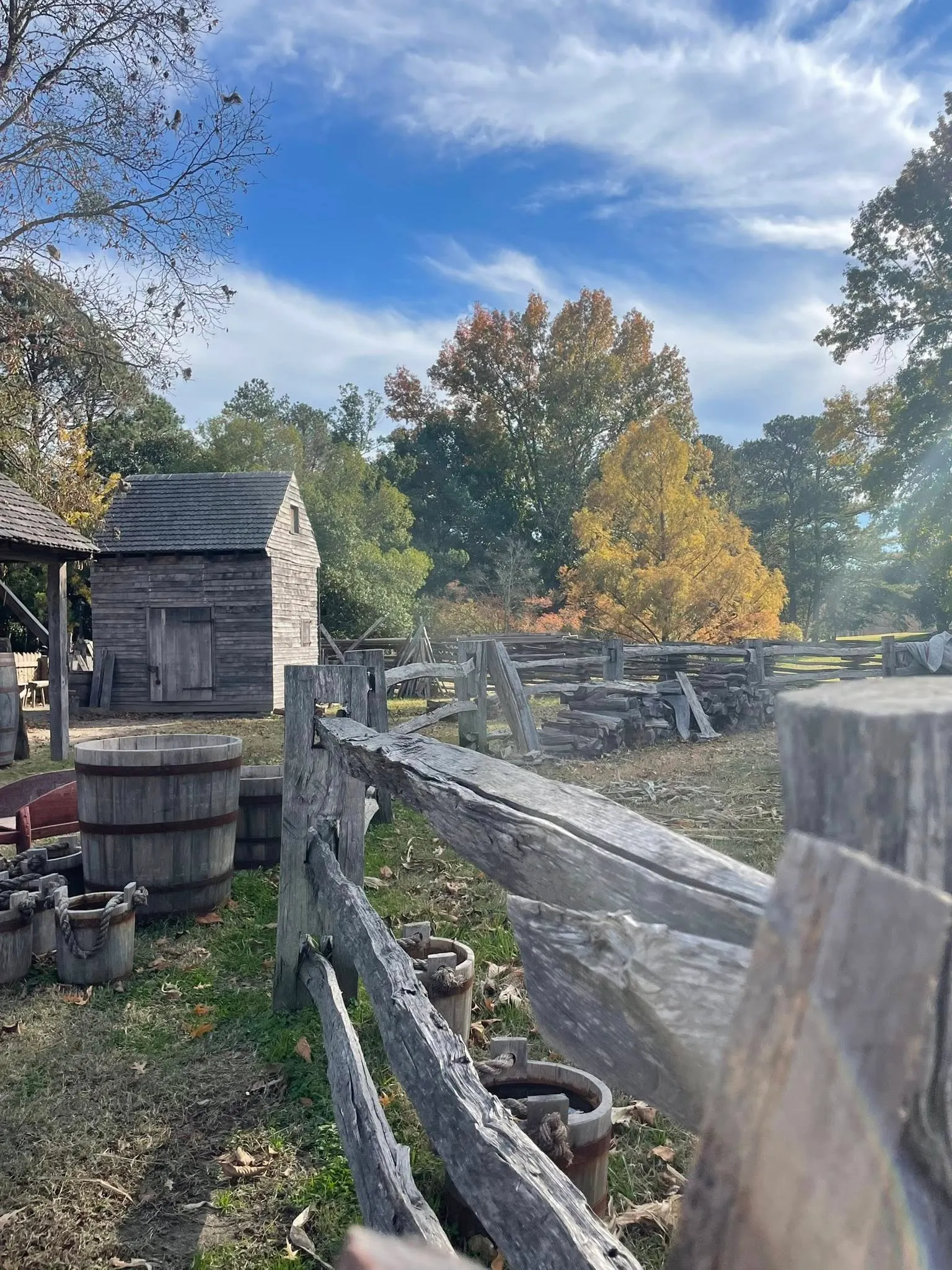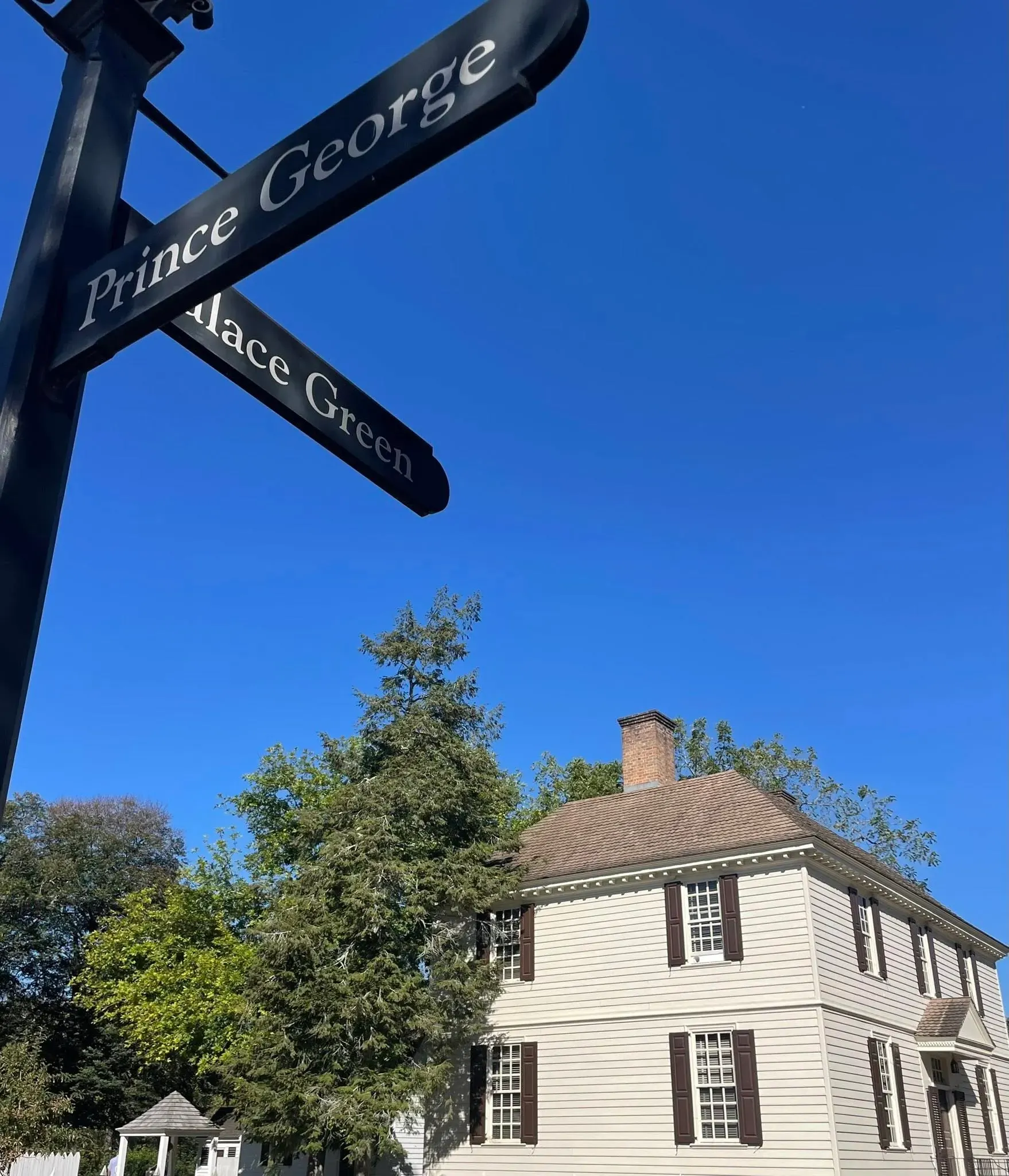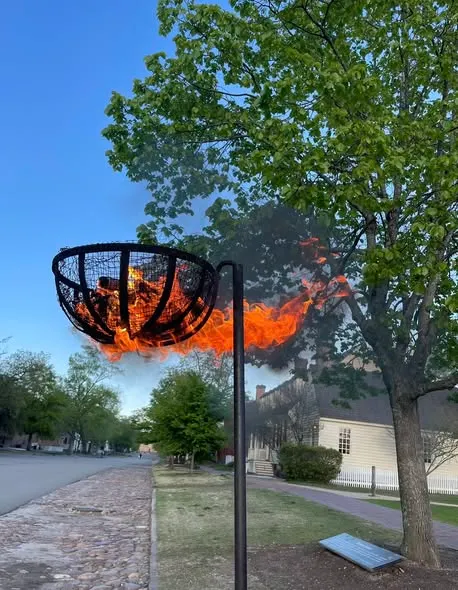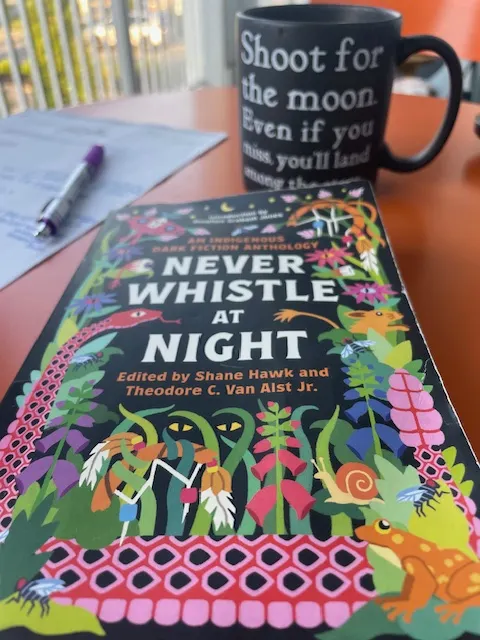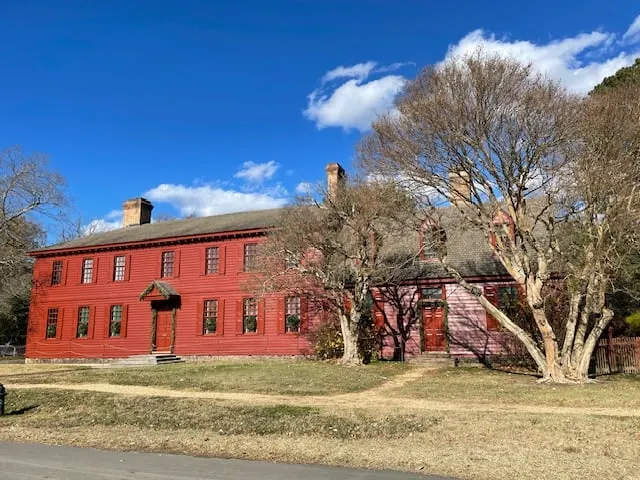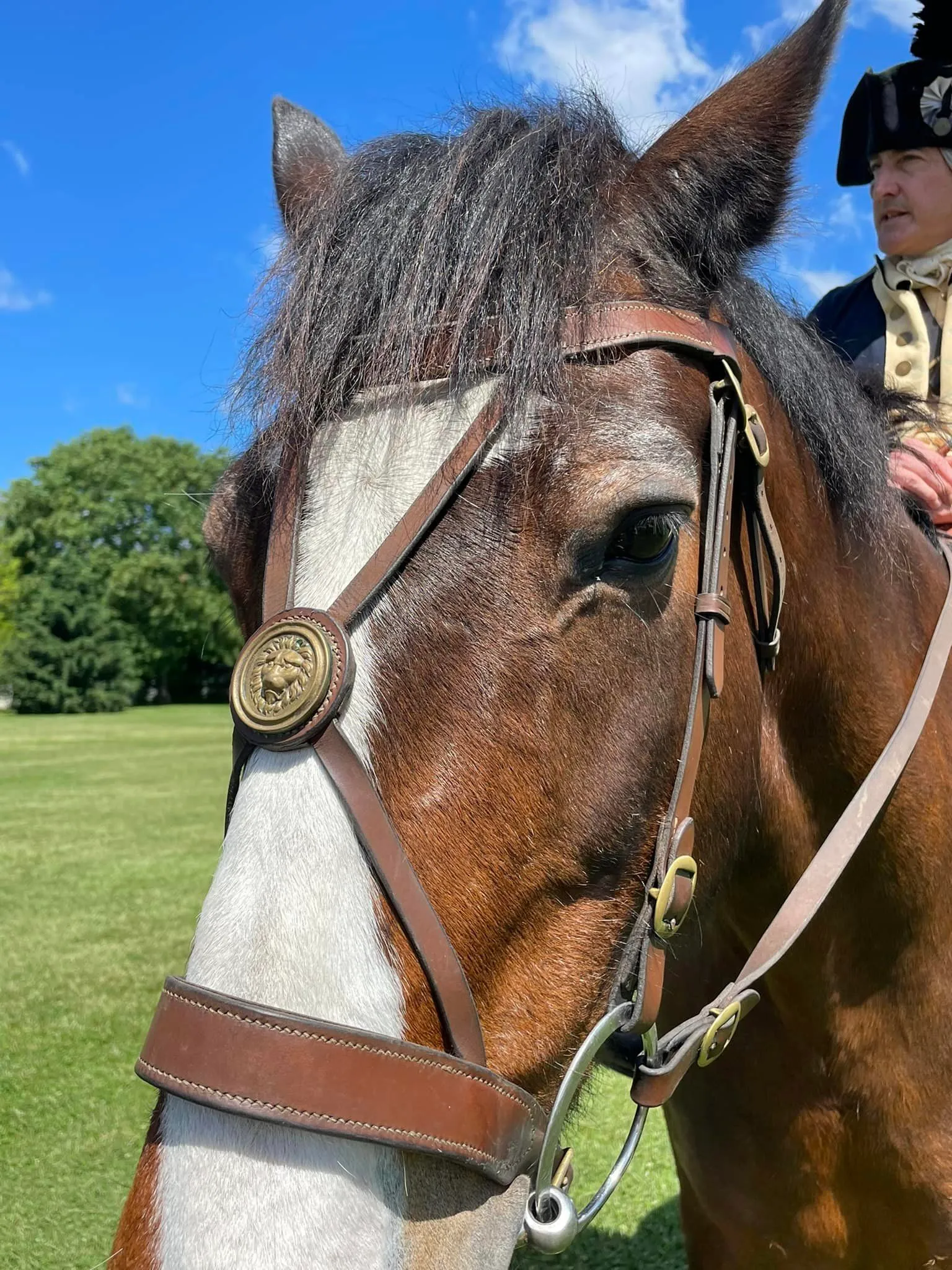May 19th in American History: A Sunday Read to Enjoy Any Day of the Week
Time to take a peek into a random day in history- you never know what you'll find!
I noticed it's been a month since I've done a "this day in history" post so as I'm drinking my coffee, and saving all my photos from last night's Drummer's Call in Colonial Williamsburg (CW), I thought I'd drop a post!
Because honestly I want to write one about the Fifes and Drums and the importance of last night's focus on battleground music, but I need a hot minute to think it through. Writing a "day in history" post definitely helps clear my mind while still filling it with history.
Disclaimer: As a blogger, I use affiliate links sometimes! I may receive commission from purchases I share; it does not change your price but sometimes you might get a discount.

May 18th Drummer's Call in Colonial Williamsburg
Historical summary of May 19th.
- 1536 (bonus mention) - Let's be honest: I cannot skip the fact that a 36-year-old Anne Boleyn was beheaded on this date after a stay in the Tower of London. Since much of the early United States was a British colony, I'm rolling with this to add onto my blog! And another bonus mention: in 1568 on this day... Queen Elizabeth had Mary Queen of Scots arrested! Yes, another queen imprisoned to be decapitated (age 44).
- 1749- King George II sets the stage for settlement in the Ohio Valley by granting the Ohio Company Charter. You can view the historical marker on the Fort Cumberland Trail. Because I love historical markers, this is a perfect way to share the quick history! Click here for more.
- 1836- Cynthia Ann Parker was captured (at the age of 9 or 10!) in Texas and adopted into a Native American tribe. Ok y'all this is fascinating to me. The whole Native American tradition of adoption and its impact on those brought into the tribal families. Get a taste of it through this one story of Ms. Parker by clicking here.
- 1864- President Abraham Lincoln wrote an historic letter. His aim: ensure that widows and children of American soldiers get equal treatment, regardless of their race. Read more here.
- 1870- American serial killer Albert Fish was born. Sharing his birthday: 1879- Lady Nancy Astor, an American-born British politician who was the first female Member of Parliament in the House of Commons and iconic writer of When Harry Met Sally, Nora Ephron, 1941.
- 1884- A circus was born! In the town of Baraboo, Wisconsin the 5 Ruengling Brothers formed the circus that would later become the famous Ringling Brothers and Barnum and Bailey Circus. And it still exists today (after a brief closure due to concerns over their use of animals)! Learn more about the history here.
- 1943- D-Day was "plotted" by Winston Churchill and Franklin Delano Roosevelt. Countless movies, books, fiction and accurate to history, were created about the June day that will (should) always be remembered. Read more here on the planning of D-Day and click here for an article about D-Day from the FDR Presidential Museum and Library's site. And if you're ever within reach of Bedford, Virginia, visiting the National D-Day Museum is a must. Click here for details.
- 1994- Arguably one of the most famous and fashionable first ladies, Jacqueline Kennedy O'Nassis passed away. Also lost to the United States, but not to history on May 19th: Nathaniel Hawthorne, famed author of The Scarlet Letter passed in 1864 and poet Ogden Nash passed in 1971. Get the poetry of Ogden Nash by clicking here.
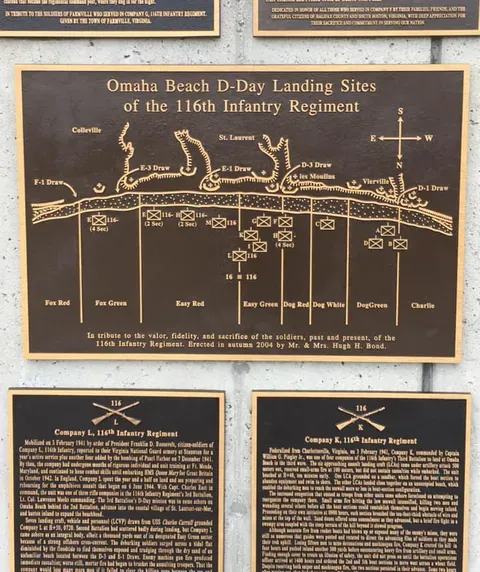
Plaques at National D-Day Memorial grounds, Bedford, Virginia
Closing it out.
You can use the links above to get more information on any of the events I listed. And please share any of your May 19th events with us!
Today's words from history, a gem of a letter! Franklin writing to Hume about his lightning rod experiment! Read it in full here.
From Benjamin Franklin to David Hume, 19 May 1762
To David Hume
als: Royal Society of Edinburgh
London, May 19. 1762.
Dear Sir,
It is no small Pleasure to me to hear from you that my Paper on the means of preserving Buildings from Damage by Lightning, was acceptable to the Philosophical Society.8 Mr. Russel’s Proposals of Improvement are very sensible and just. A Leaden Spout or Pipe is undoubtedly a good Conductor so far as it goes. If the Conductor enters the Ground just at the Foundation, and from thence is carried horizontally to some Well, or to a distant Rod driven downright into the Earth; I would then propose that the Part under Ground should be Lead, as less liable to consume with Rust than Iron. Because if the Conductor near the Foot of the Wall should be wasted, the Lightning might act on the Moisture of the Earth, and by suddenly rarifying it occasion an Explosion that may damage the Foundation.9
(letter continues)
Are you enjoying the blog? Tip me using my online tip jar!
There is a huge practical disclaimer to the content on this blog, which is my way of sharing my excitement and basically journaling online.
1) I am not a historian nor an expert. I will let you know I’m relaying the information as I understand and interpret it. The employees of Colonial Williamsburg base their presentations, work, and responses on historical documents and mainly primary sources.
2) I will update for accuracy as history is constant learning. If you have a question about accuracy, please ask me! I will get the answer from the best source I can find.
3) Photo credit to me, Daphne Reznik, for all photos in this post, unless otherwise credited! All photos are personal photos taken in public access locations or with specific permission.
